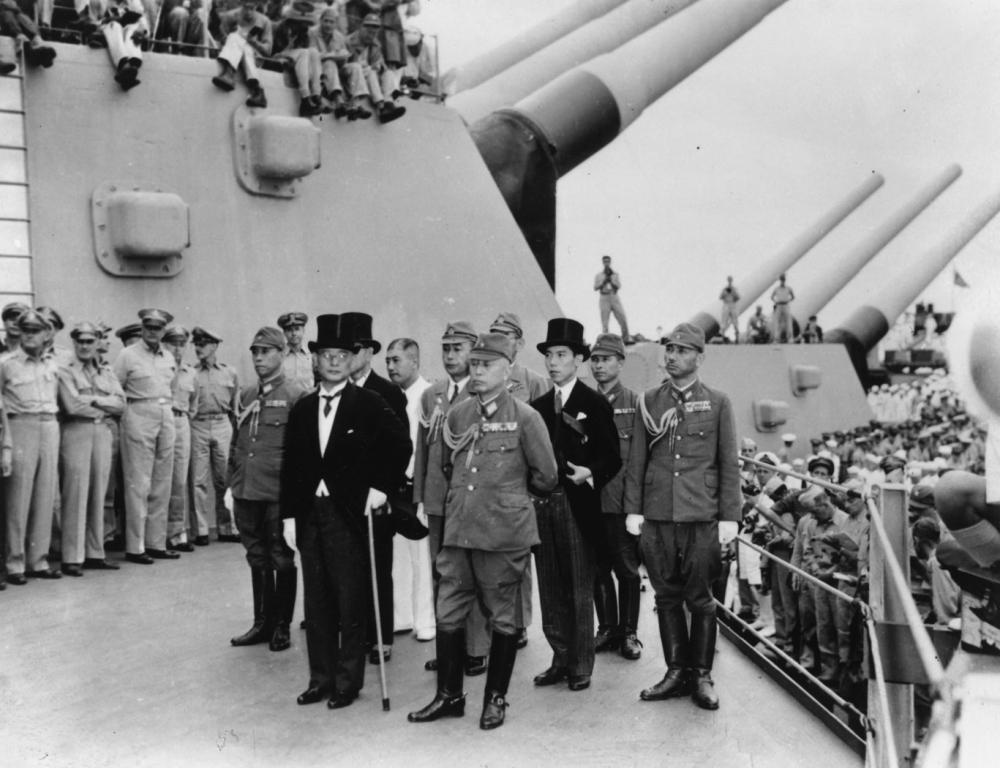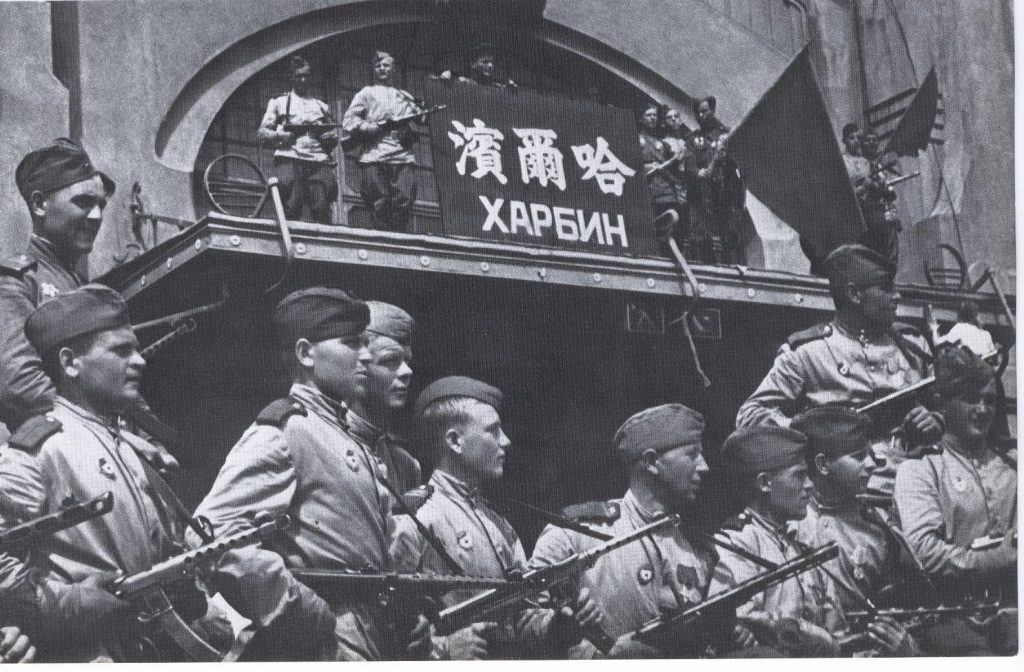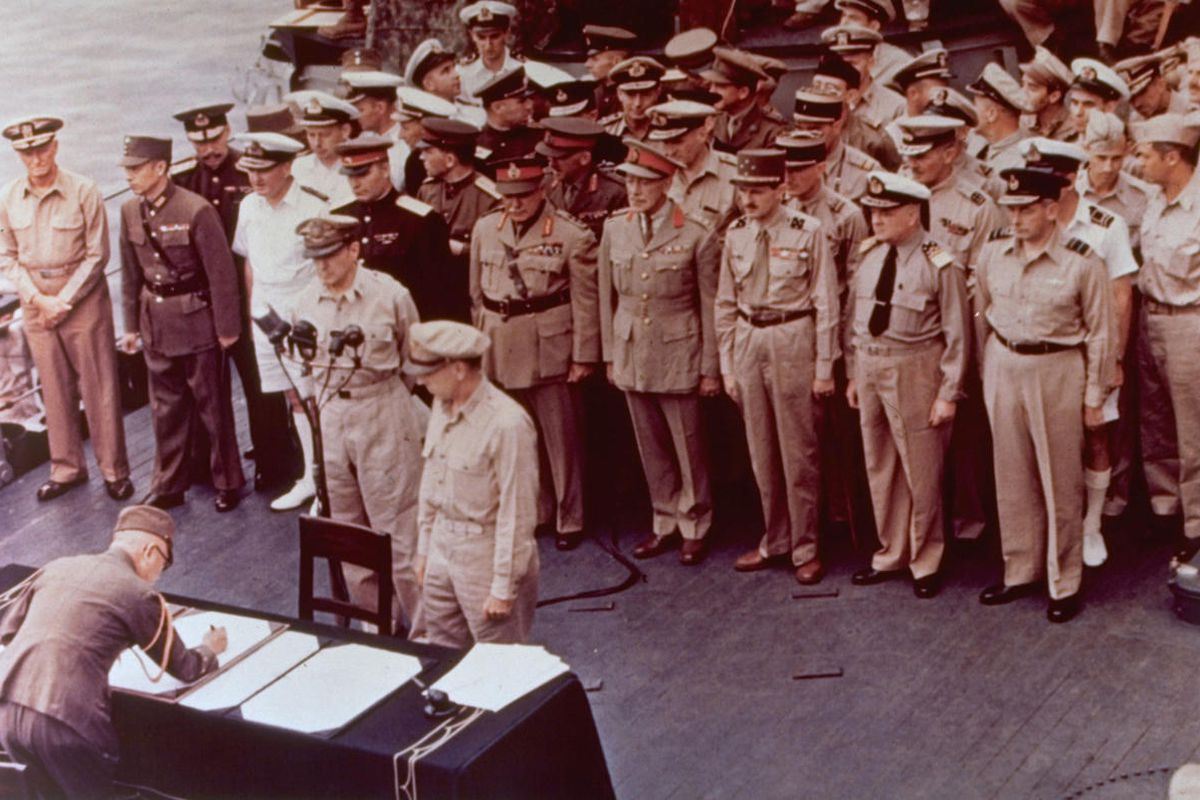Plans for subsequent atomic bombings of Japan
The US government expected that another atomic bomb would be ready for use in mid-August, and three more each in September and October. On August 10, Leslie Groves, military director of the Manhattan Project, sent a memorandum to George Marshall, Chief of Staff of the US Army, in which he wrote that “the next bomb… should be ready for use after August 17-18.” On the same day, Marshall signed a memorandum with the comment that “it should not be used against Japan until the President’s express approval has been obtained”. At the same time, discussions have already begun in the US Department of Defense on the advisability of postponing the use of bombs until the start of Operation Downfall. – the expected invasion of the Japanese islands.
The problem we are facing now [August 13] is whether, assuming the Japanese do not capitulate, we should continue to drop bombs as they are produced, or accumulate them and then drop them all in a short period of time. Not all in one day, but within a fairly short time. This is also related to the question of what goals we are pursuing. In other words, shouldn’t we focus on the targets that will help the invasion the most, and not on industry, troop morale, psychology, and so on? Mostly tactical goals, and not some others.

Japanese surrender and subsequent occupation
Until August 9, the War Cabinet continued to insist on four terms of surrender, but on that day news came of the Soviet Union’s declaration of war and the atomic bombing of Nagasaki at 11 o’clock in the afternoon. At a meeting of the Supreme Military Council, held on the night of August 10, the votes on the issue of surrender were divided equally (3 “for”, 3 “against”), after which the emperor intervened in the discussion, speaking in favor of surrender. On August 10, Japan handed over to the Allies an offer of surrender, the only condition of which was the preservation of the emperor as a nominal head of state.
Since the terms of the surrender allowed for the preservation of imperial power in Japan, on August 14, Hirohito recorded his surrender statement, which was circulated by the Japanese media the next day, despite an attempted military coup by opponents of the surrender.
In his announcement, Hirohito mentioned the atomic bombings:
… in addition, the enemy has a terrible new weapon that can take many innocent lives and cause immeasurable material damage. If we continue to fight, it will not only lead to the collapse and annihilation of the Japanese nation, but also to the complete extinction of human civilization.
In such a situation, how can we save millions of our subjects or justify ourselves before the sacred spirit of our ancestors? For this reason we have ordered the acceptance of the terms of the joint declaration of our adversaries.
In his Rescript to Soldiers and Sailors, published on August 17, the emperor pointed to the results of the Soviet invasion of Manchuria and his decision to capitulate, omitting the mention of atomic bombings.
Within a year after the end of the bombing, a contingent of American troops numbering 40 thousand people was stationed in Hiroshima, and 27 thousand in Nagasaki.
Commission for the Study of the Consequences of Atomic Explosions
In November 1946, the National Academy of Sciences Commission on the Effects of Atomic Explosions was formed at Truman’s direction to study the long-term effects of radiation exposure on survivors of Hiroshima and Nagasaki. Among the victims of the bombing were found many people not involved in the war, including prisoners of war, forcibly mobilized Koreans and Chinese, students from British Malaya, and about 3,200 US citizens of Japanese origin.
In 1975, the Commission was dissolved, its functions were transferred to the newly created Institute for the Study of the Effects of Radiation Effects (Eng. Radiation Effects Research Foundation).
The Soviet Union also took measures to obtain information about the use of nuclear weapons: in early September 1945, two groups of intelligence agents from the GRU, the office of the naval attaché, TASS correspondent in Tokyo A. Varshavsky, cameraman Soyuz kinohronika Prudnikov visited Hiroshima and Nagasaki. Scouts interviewed a large number of witnesses to the atomic bombing, took dozens of photographs of the destruction, filmed, took samples of soil and various materials. Their reports were immediately submitted for review to the entire top leadership of the
USSR and the Armed Forces.
Debate on the expediency of atomic bombings
The role of the atomic bombings in the surrender of Japan and their ethical validity are still the subject of scientific and public discussion. In a 2005 review of historiography on the subject, the American historian Samuel Walker wrote that “the debate about the advisability of the bombing will definitely continue.” Walker also noted that “the fundamental question, which has been debated for more than forty years, is whether these atomic bombings were necessary to achieve victory in the Pacific War on terms acceptable to the United States”.
Supporters of the bombings usually claim that they were the cause of Japan’s surrender, and therefore prevented significant losses on both sides (both the US and Japan) in the planned invasion of Japan; that the quick end of the war saved many lives elsewhere in Asia (primarily in China); that Japan was waging an all-out war in which the distinction between military and civilian populations is blurred; and that the Japanese leadership refused to capitulate, and the bombing helped to shift the balance of opinion within the government towards peace. Opponents of the bombings contend that they were simply an addition to an already ongoing conventional bombing campaign and thus had no military necessity, that they were fundamentally immoral, a war crime, or a manifestation of state terrorism (despite the fact that
A number of researchers express the opinion that the main purpose of the atomic bombings was to influence the USSR before it entered the war with Japan in the Far East and to demonstrate the US atomic power.
On August 6, 2015, the anniversary of the bombings, President Truman’s grandson, Daniel Clifton Truman, stated that “my grandfather believed for the rest of his life that the decision to drop the bomb on Hiroshima and Nagasaki was the right one, and the United States will never apologize for it”.







